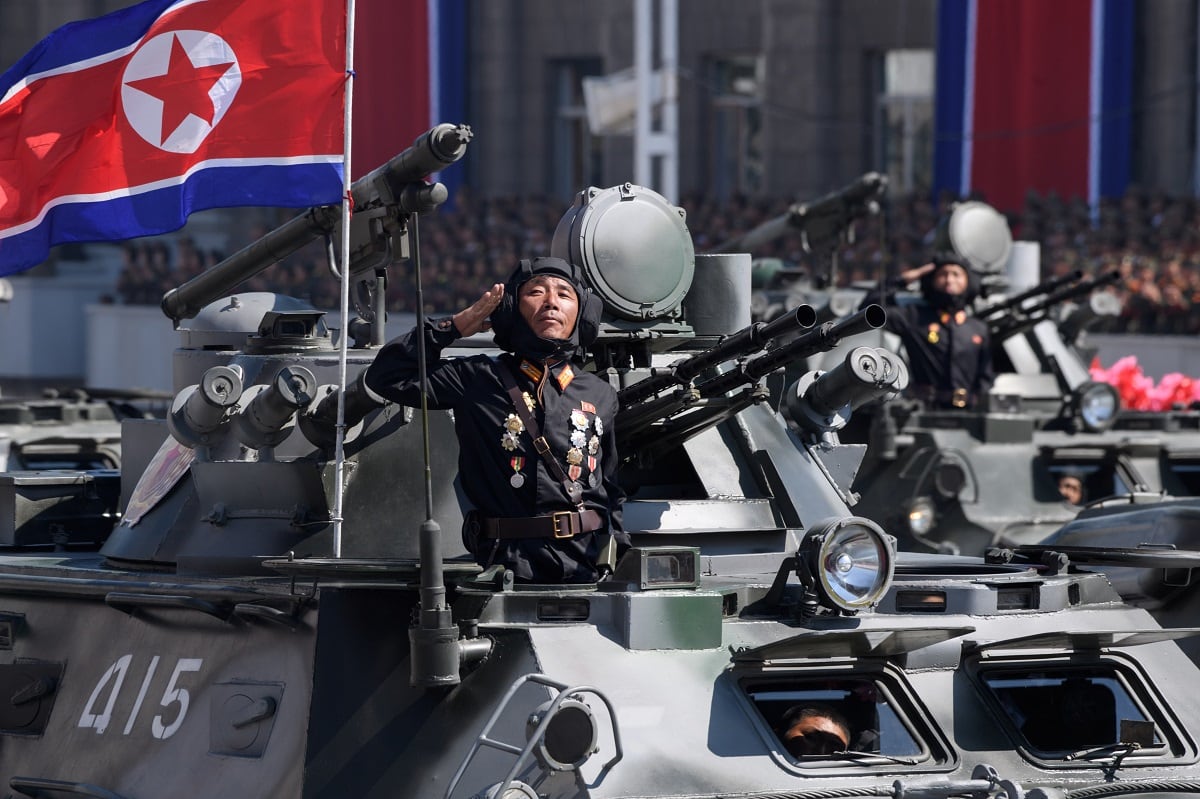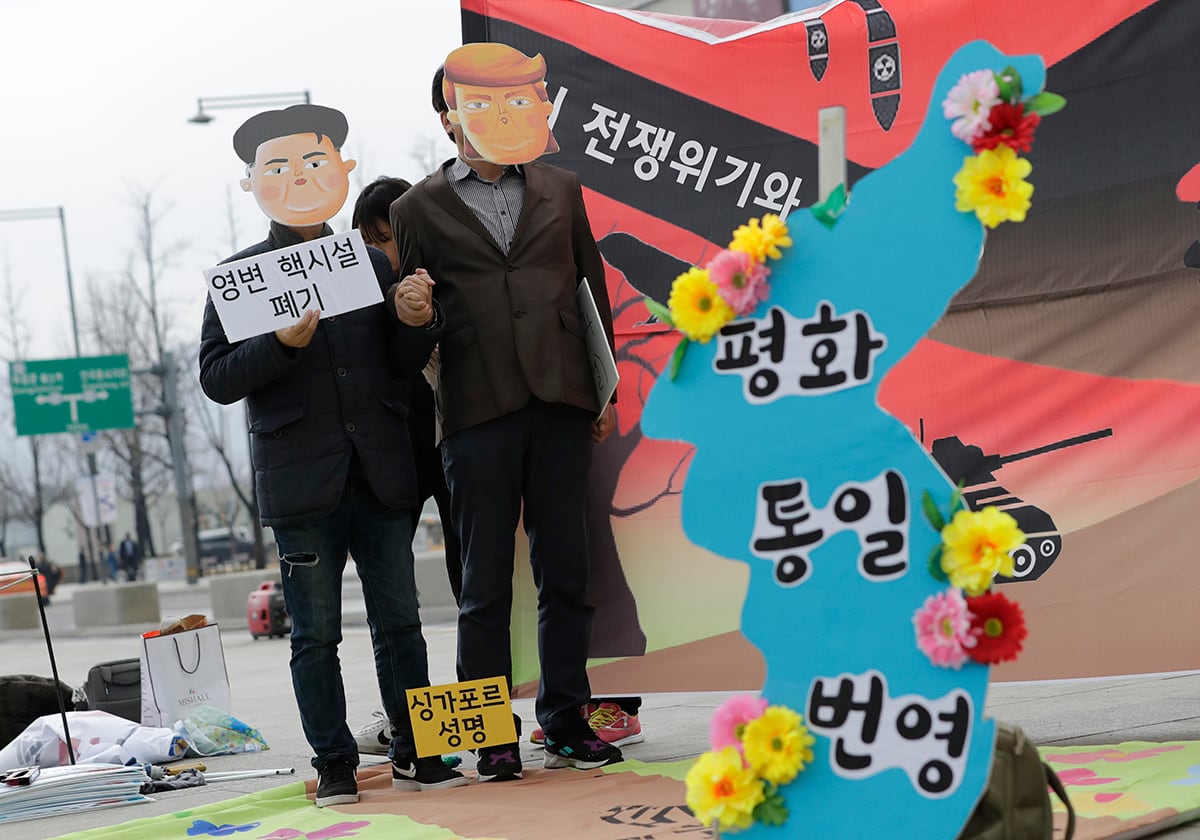The U.S. military’s top officer in South Korea told lawmakers Wednesday that there’s a “palpable air of calm on the peninsula” but other officials warned that communist Pyongyang failed to follow through on efforts to make the peace permanent.
Gen. Robert Abrams, head of U.S. Forces Korea, said today’s relative tranquility stands in stark contrast to a few years ago, at the height of North Korea’s nuclear and missile tests.
“The tension has reduced significantly,” he told the House Armed Services Committee. “Along the demilitarized zone, on the West Sea, the East Sea, along the Northern Limit Line, inside the Joint Security Area, that for the first time since 1976…is now 100 percent demilitarized.”
At the same time, U.S. forces continue to closely monitor developments and stand “ready to respond” should the situation change, Adm. Phil Davidson, head of U.S. Indo-Pacific Command, told lawmakers.
RELATED

President Donald J. Trump’s decision to meet directly with North Korea’s dictator Kim Jong-Un created “an unprecedented opportunity” and has helped in terms of immediate conflict, added Assistant Secretary of Defense for Indo-Pacific Affairs Randall Schriver.
But he cautioned that more must be done to hold Pyongyang to its de-nuclearization promises.
“North Korea has not taken steps to fulfill Chairman Kim’s pledge,” Schriver said. “We’re disappointed that they haven’t come to the table in a serious manner.”
Despite Trump’s tweet last Friday announcing the removal of additional sanctions against North Korea — an announcement the White House reportedly walked back — Schriver said such sanctions help keep pressure on Kim’s regime.
“As I understand it, none of the sanctions have been removed or changed since the tweet,” he told lawmakers.
The military leaders declined to detail in an open hearing intelligence about North Korea’s ongoing ballistic missile and nuclear activities, but Abrams said the observed activity “is inconsistent with de-nuclearization.”
While North Korea’s proliferation programs remain an immediate concern for lawmakers and the Pentagon, the chief strategic problem over the long term remains the rise of China, Russia and other regional powers.
There are 160 Chinese, Russian and North Korean submarines operating inside Indo-Pacific Command’s waters today, with “potential adversary submarine activity” tripling since 2008, Davidson noted in a statement provided to the committee before the hearing.
And despite the looming retirement of Los Angeles-class boats, Davidson said the Navy retains the underwater advantage.
For now.
“The undersea domain, despite the capacity shortfalls, is an area where we hold an asymmetric advantage over all our adversaries,” he said. “It’s a critical advantage we need to extend. The capacity limitations as we go down over the course of the next several years is indeed a threat to day-to-day operations.”
When it comes to increasingly assertive Chinese territorial claims on international waters in the South China Sea, Davidson encouraged other nations to conduct their own freedom of navigation operations, or FONOPs, to remind Beijing that they’re global shipping lanes open to all vessels.
“It demonstrates that it’s an international concern to maintain that open sea and air space,” he said. “We welcome people to do it unilaterally.”
Geoff is the managing editor of Military Times, but he still loves writing stories. He covered Iraq and Afghanistan extensively and was a reporter at the Chicago Tribune. He welcomes any and all kinds of tips at geoffz@militarytimes.com.




